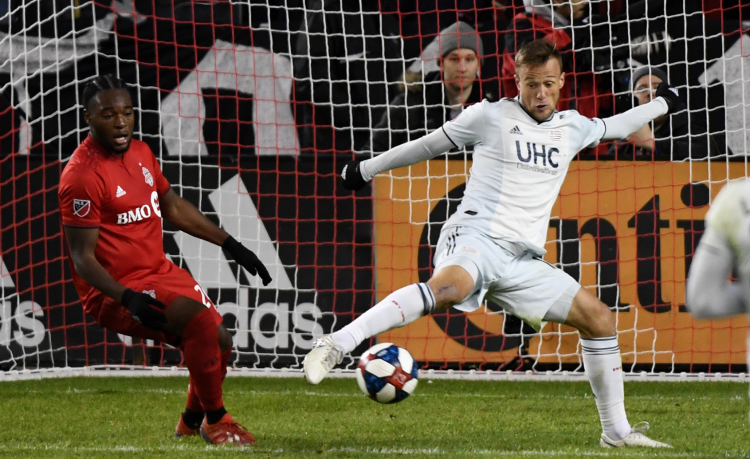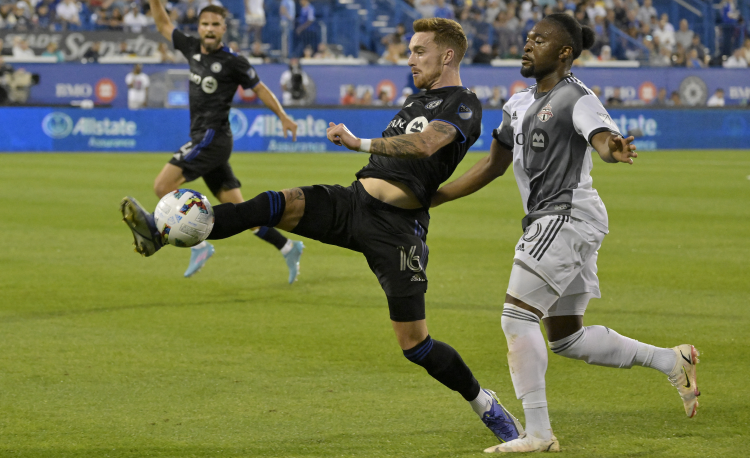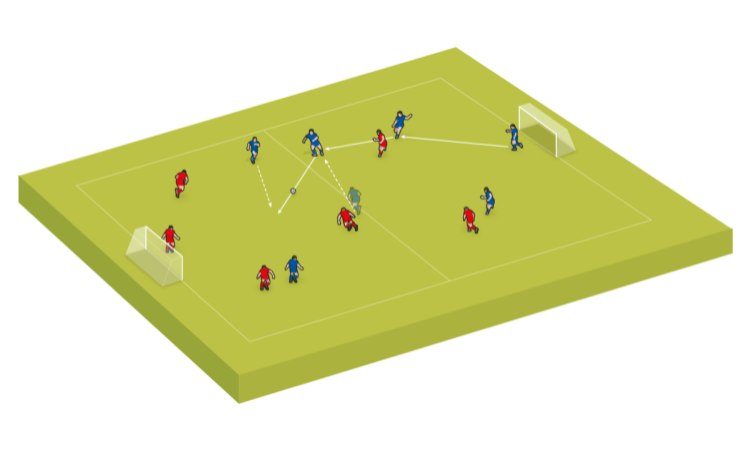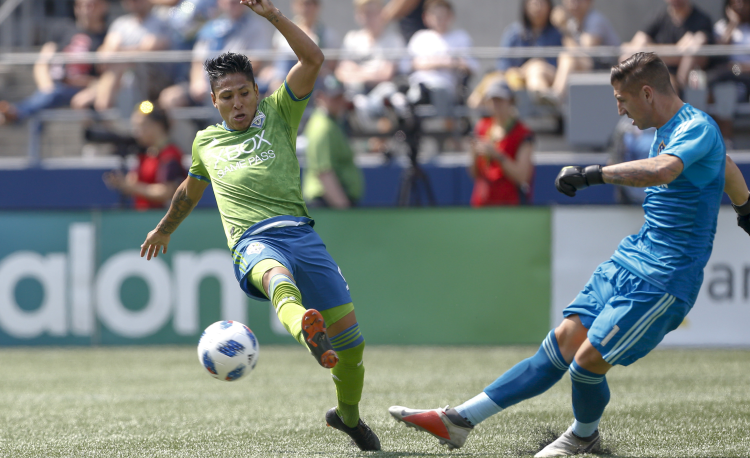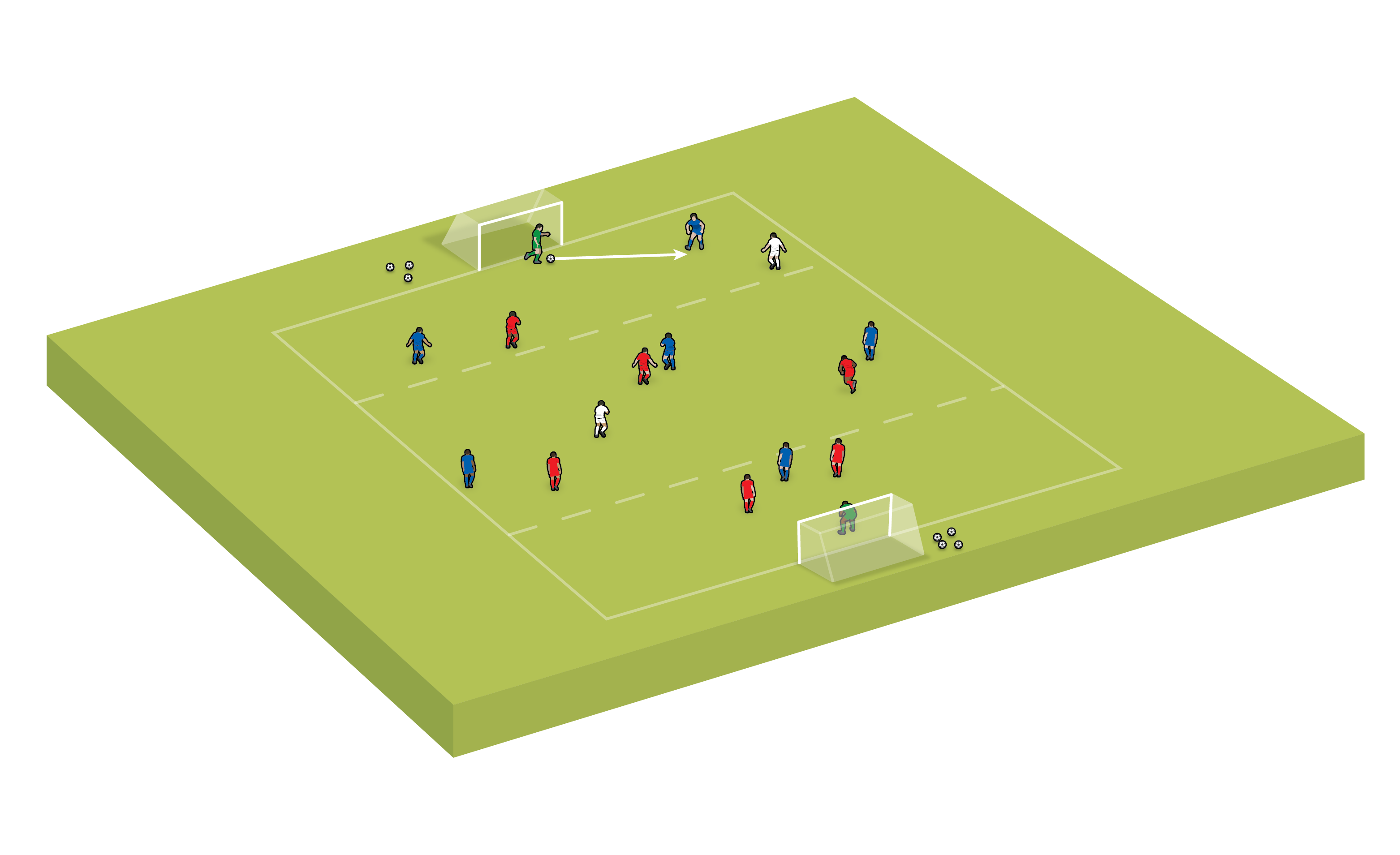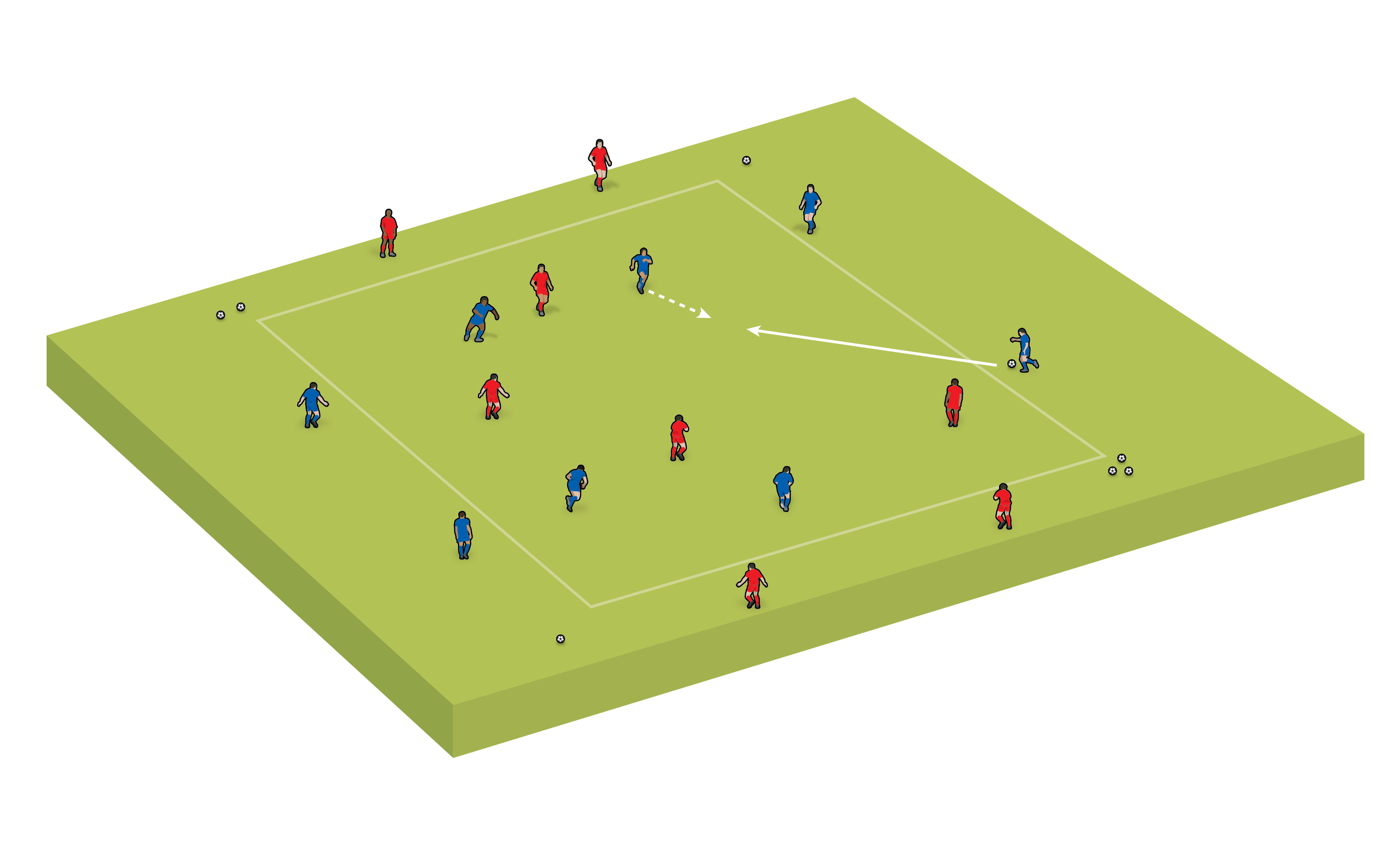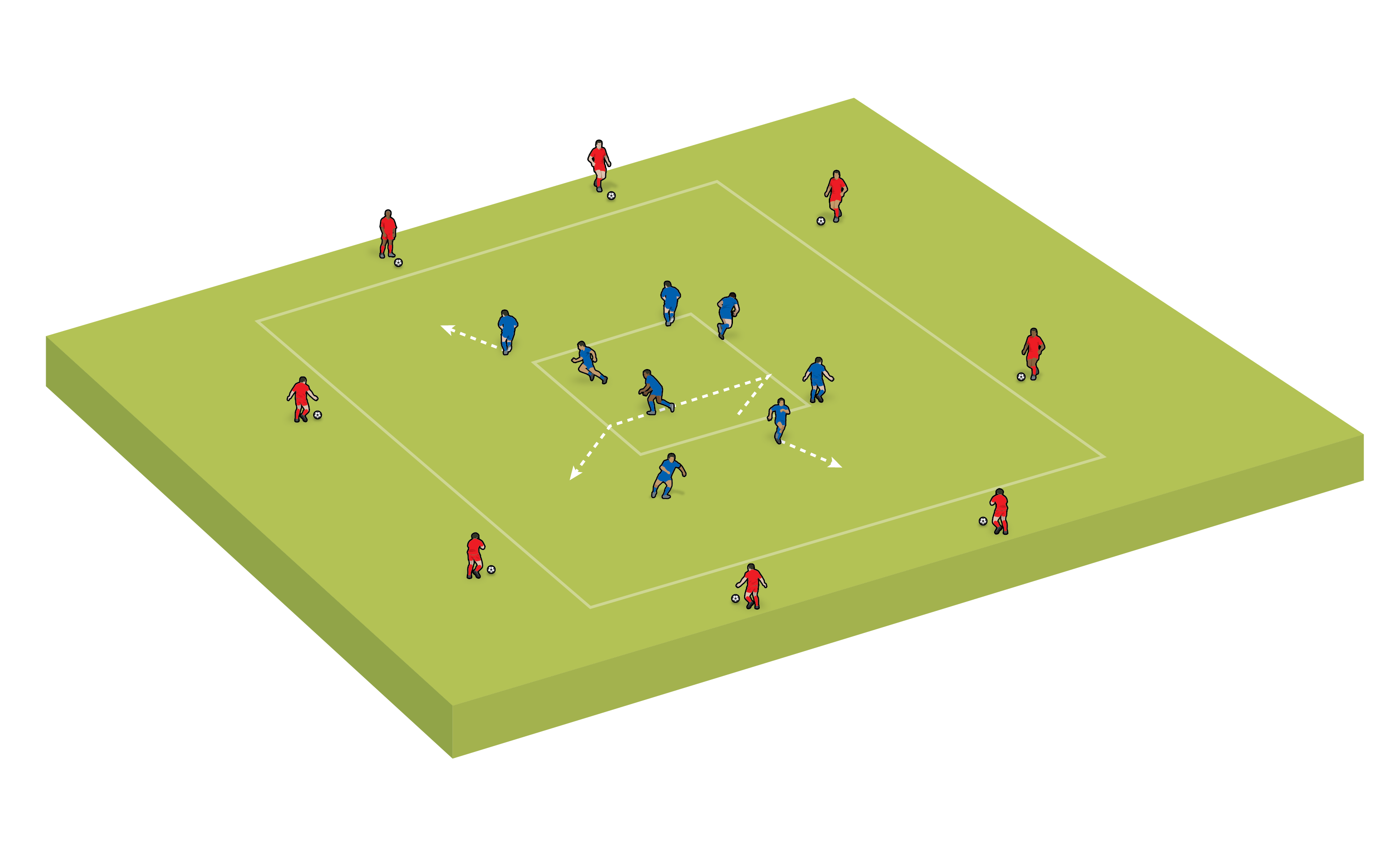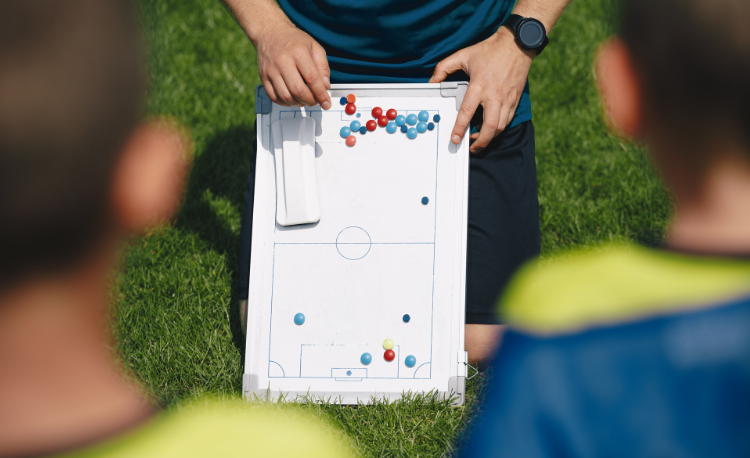Developing soccer skills: Intercepting
Moritz Kossmann explains to Steph Fairbairn the technical and tactical theories of successfully cutting out passes.
Moritz Kossmann is DStv Diski Challenge coach and head of youth at Cape Town City in South Africa.
Soccer Coach Weekly caught up with Moritz to discuss the crucial skill of intercepting.
He covers whether it’s a natural action for players, how important communication is alongside it, and how players can build up their knowledge around it as they progress...
SCW: Is intercepting something that comes pretty naturally to young players in the sense that they want to go where the ball is and want to win it?
MK: I think so. Intercepting is the cleanest way to win the ball from the opponent, so it does make sense to start our players with that.
But because a lot of coaches all over the world start with the ’close down, slow down, sit down’ method, what happens is they only close down an opponent player once that player has received the ball.
With intercepting, the main part of it happens while the ball is travelling. So you really need to use that moment, of the ball not being under the control of any opponent player, to make your move as a defender.
That is most crucial – you are working and really sprinting while the ball’s on the way.
But if you are doing this before the ball has been passed, then players will be able to pick you off.
Sergio Busquets often used to fake a pass into a direction, so the opponent player would bite on that ’pass’ and start to run to anticipate and intercept. But then Busquets would pass the ball into the area the defender came from.
Obviously, as the game has gone along, that kind of clever nuanced play by attackers has become more common. Therefore, timing your moment to intercept is crucial.
A lot of coaches will coach this ’half and half’ defensive position. What that means is they want their players to not be too close to any single opponent, but between several opponent attackers.
When you are equidistant from them, you are more able to pick off several passing options. You are able to step in and intercept various different possible ball progressions and it becomes more possible to win the ball soon.
SCW: How important is it that the players around the player who is doing the intercepting are supporting and communicating, ready for the next move?
MK: It’s crucial. Firstly, consider this following scenario.
If, as a defender, my natural preference, or even my team’s preference, is to be very aggressive in defending, we are going to look to intercept the ball more often.
[Let’s say] I do this in a game, but I don’t manage to intercept the ball - the opponent gathers it. If my team-mates haven’t shifted through and supported me, this opponent punishes my defensive action, turns into space and a counter-attack starts.
What will happen in my head? Most likely, I’m going to think twice about the next time I look to step in, intercept and be aggressive, because the last time it happened, our team got punished with a negative play.
Just as it is important to support a ball carrier in possession, it is also important to support the pressing player - because they are most likely going to vacate a space. That space then needs to be filled by other players that initially were further away.
If that is done well, the risk of a negative play - if I don’t manage to successfully make my interception - is minimised.
I think it is very natural for players to step out, be aggressive and take chances in defence when they feel there is cover behind their back. For me, that is a very crucial element.
Generally, a good rule when it comes to communication is that players behind and further away, who can see the whole play, coach the players in front of them who are more intrinsically involved in the action, helping with information.
Nowadays, especially at a high level, we need good collective defensive actions. We can’t be defending as individuals, because top players are so adept at attacking against those who are pressing them.
We need to always be prepared that our defensive actions may be unsuccessful. But we also need to ensure that our pressure on the ball is maintained after one player’s defensive action.
One defensive action might lead to a slightly more sloppy attacking action, which might lead to another sloppy attacking action and then maybe by player two or three, we’re winning the ball.
At a high level, the interception is often a consequence of the pressure that was put on the ball earlier.
"An interception is often a consequence of the pressure that was put on the ball earlier..."
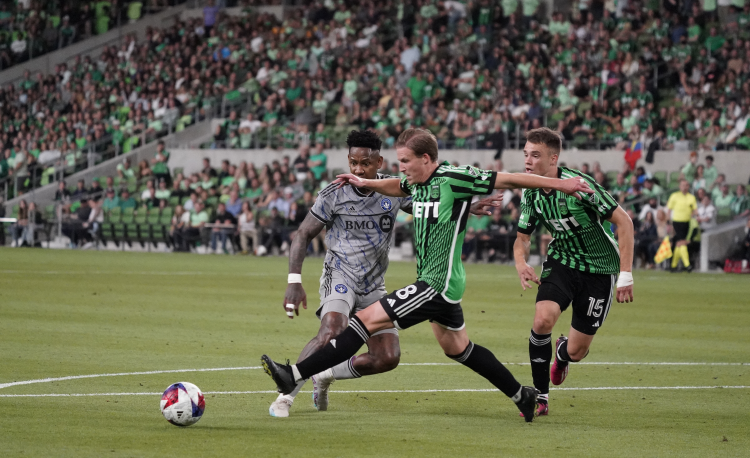
SCW: One restriction we see quite often in games is that defenders can’t challenge, all they can do is intercept. Sometimes we put that on to give attackers more time. Do you think there’s any validity in that? Can it help from an intercepting point of view?
MK: I think it can, because it is obviously then the only way of winning the ball. But what I would caution with that is you have to play with either a time or a touch restriction on the attacking players. If you don’t, then they can dribble indefinitely and possibly score easily.
The key to intercepting is the threat of challenging for the ball. The threat of the challenge, and the time and space pressure it creates, often leads to the interception.
Different defensive actions are intrinsically linked - they work together as a whole. If you are just intercepting, it doesn’t work together with the pressing and challenging actions.
I would say it is possible to have the rule of only intercepting. Where I could see it being used is, for example, in a handball warm up game, where a team gets a point for making 10 passes.
You are playing with the ball in your hands but it is basically just like playing the ball to team-mates in the air and the only way of winning the ball is an interception. Although we’re playing with our hands, it will carry some nice value.
Because we’re not playing football, the non-game-like elements of the rule you described are somewhat mitigated by the fact we’re doing it in the warm up with our hands. But we’re getting the benefit of working on our timing.
There could be contexts where it makes a lot of sense to use that rule. I would just be careful with players working out and being very clever with the constraints we put on our practice, because there are moments where they can manipulate the game we’ve put in front of them to try to win it.
We need to be prepared for them to work out the cheat code to the game and then be able to take that away a little bit if they do work it out.
Related Files
SCW: What do players need to know about intercepting as they progress through their development?
MK: It is really key to centre your defensive phase of the game around intercepting as much as possible.
It is a very logical way to try to win the ball because of the attacking value that an interception carries.
I don’t know if there are stats out there on it but I would imagine that teams that have a higher ratio of interceptions are generally going to be better on the counter-attack. I think it is key to highlight it positively to our players.
Work on anticipation, but not over-anticipation, as a start. Getting players to intrinsically understand the distances they can realistically cover to intercept versus distances they can’t realistially cover is the next step.
Then you go into more details of individual positioning, such as the overlapping defensive position we talked about (see also SCW 115, Aug 4).
Perhaps the next logical progression, as you get older and are playing 11v11, is to try to help players understand the risk versus reward scenario.
It is all about situational awareness - when it makes sense to go for it in terms of interceptions and perhaps when it doesn’t make sense.
Obviously, as we are going along [in a player’s development], we should try to create awareness of triggers for interceptions, such as a long passing distance, vertical pass or a very slow, very poor pass.
Try to get players to understand these trigger moments and get them to actively look for them, too.
Newsletter Sign Up
Coaches Testimonials

Gerald Kearney, Downtown Las Vegas Soccer Club

Paul Butler, Florida, USA

Rick Shields, Springboro, USA

Tony Green, Pierrefonds Titans, Quebec, Canada
Subscribe Today
Discover the simple way to become a more effective, more successful soccer coach
In a recent survey 89% of subscribers said Soccer Coach Weekly makes them more confident, 91% said Soccer Coach Weekly makes them a more effective coach and 93% said Soccer Coach Weekly makes them more inspired.
*includes 3 coaching manuals
Get Weekly Inspiration
All the latest techniques and approaches
Soccer Coach Weekly offers proven and easy to use soccer drills, coaching sessions, practice plans, small-sided games, warm-ups, training tips and advice.
We've been at the cutting edge of soccer coaching since we launched in 2007, creating resources for the grassroots youth coach, following best practice from around the world and insights from the professional game.
